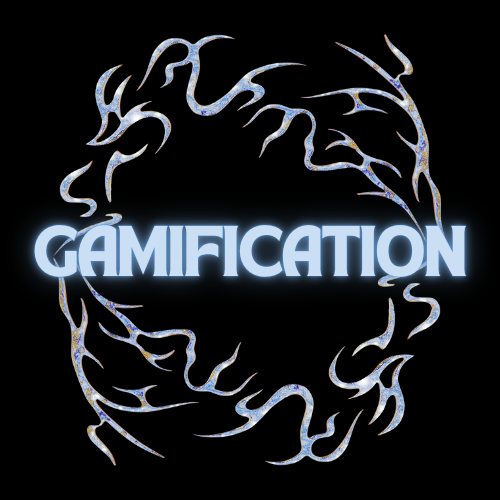Let's Start With Dice
Share
Let’s Start With Dice. Reviewing Different Types of Dice
This is the first entry in what will hopefully turn into an ongoing blog. There are two reasons for starting this blog. The first is that I am dipping my toe into the world of ecommerce, and it was suggested that I have a blog accompanying my store to help promote it. The other reason is that I want to. It is very easy for me to fall into habits where I do nothing for long periods of time, and I would really enjoy a creative outlet.
So as a roleplaying nerd, obviously the funny looking dice are the natural place to start. Which dice are best? Which leave you with a bitter taste in your mouth? Let’s get started.
D4: The worst die. For any number of reasons.
There is of course the famous Caltrop Problem, which means are are little spiky pyramids that hurt when you accidentally step on one.
There is also the fact that they are hard to read. The early d4s had the numbers that you were supposed to read along the bottom, which was confusing. Later models shifted to putting the numbers on the top of the triangle. A bit better.
The next problem is that they don’t roll. They are little pyramids. You throw them on the table and they just thump. They don’t dance around giving you the feeling of creating randomness. They just drop and sit there. Some companies have attempted to create variants on this shape. I have two rather cool looking dice that are actually 12 siders, but with the roman numerals I through IV, three times. I don’t remember where I got them, but they are cool. They’re still d4s though.
The last and worst thing about d4s is that they are d4s. Even if you roll a 4, it’s just a 4. You can never have the feeling that you rolled well. Even in Savage Worlds, a character who rolls a d4 has the d6 Wild Die backing it up to make it less lame.
I made a joke once about making a licensed Star Wars game based on 4 sided dice so you could say things like “Use d4s!” and “May d4s Be With You!” Please, no one ever make this game.
D6: You know, I am sure there are many hipster types who will denigrate the 6 sider as being “basic.” They will use them, but don’t see them as anything special, sneering that they are “Monopoly dice” or used in back alley craps games. They will scoff at games like those Powered by the Apocalypse, that use only 6 siders. These people are stupid and should feel stupid. The d6 is cool. The tradition of the d6 goes all the way back to early D&D when gamers complained about rolling 3d6 for stats and started rolling 4d6-drop-the-low-die.
And if you are a nerdy pedant, you can point out how the opposite sides of a d6 always total seven.
D8: Not much to say. I don’t love the d8. I don’t love it. It’s there. Some D&D weapons use it for damage. Some D&D classes use it for hit points. I don’t think there is a game system out there that uses the d8 as a core mechanic. I imagine the d8 sitting on a bench saying, “Come on, coach! Send me in!”
D10: These are pretty boss. In D&D you use them for damage on the better weapons, and hit points on the better martial classes. Not the best, but not to be sneezed at. Plus, you can take two d10s and roll a percentage. And if there is a lull in the game, you can spin it like a top.
D12: Cool, if underrated. They are the maximum score you can have in Savage Worlds without adding pluses. Also, old school D&D players remember when the first Barbarian appeared in Unearthed Arcana, and had a d12 hit points! D12? How is that possible? He’s a tank!
D20: Iconic. They don’t have a bell curve so are very swingy, but gamers love rolling a natural 20. And you can say cool things like “dirty 20.” It’s the die most people think of first when thinking of RPG dice. It’s like pepperoni on pizza. Not necessarily the best topping, but you always imagine it when you picture a slice of pizza.
This is the main range of dice. There are stranger, funkier ones out there which I will get to in future posts.
